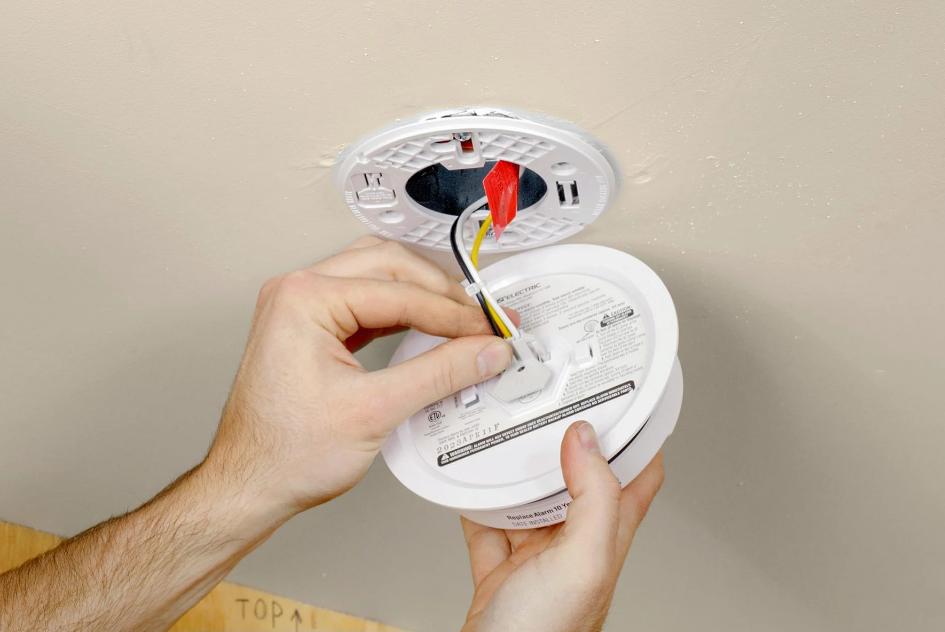Every year, fire incidents pose significant threats to lives and properties. As an expert in fire safety with years of experience under my belt, I understand the crucial role that fire alarm installation plays in ensuring the well-being of your home or business. In this post, I will steer you through the process of choosing the best fire alarms to meet the specific needs of your property, highlight key features to look for, and help you avoid common pitfalls.
Understanding Different Types of Fire Alarms
The landscape of fire alarms is varied, but broadly speaking, they fall into two categories: ionization and photoelectric. Ionization alarms are fast to react to flames, making them ideal for areas that can host high-impact fires. Photoelectric alarms, on the other hand, are more responsive to smoldering fires, which can linger before bursting into flame. For the safest environment, a combination of both will provide you with well-rounded protection.
Key Features to Consider
True protection comes from understanding the variety of features available in modern fire alarms. A battery backup is crucial for maintaining functionality during a power outage, while smart technology can alert you to dangers even when you’re away. The interconnectivity feature ensures when one alarm sounds, they all do, effectively informing everyone at the location of the danger.
Assessing Your Property’s Specific Needs
Your fire alarm installation plan should be tailored to fit the layout and usage of your property. For instance, residential properties often need additional smoke alarms in sleeping areas for nighttime safety, while larger commercial spaces might require a more complex system of detectors and manual call points.
Common Mistakes to Avoid
One easily avoidable error is overlooking local regulations — standards may change, and compliance is non-negotiable. Similarly, choosing untested or uncertified alarms is like playing with fire. Reliable detectors are those that have been rigorously tested and approved by recognized laboratories.
Statistics can be sobering; they underscore the reality of fire-related dangers and the efficacy of fire alarms. Anecdotes, such as the story of a family saved in the nick of time thanks to their interconnected alarm system, bring these statistics to life.
Proper fire alarm installation is a critical investment in the safety of your property and has the potential to save lives. I encourage you to reflect on this guide, evaluate your fire safety needs, and make informed decisions that will keep you, your loved ones, or your employees safe from fire hazards.
